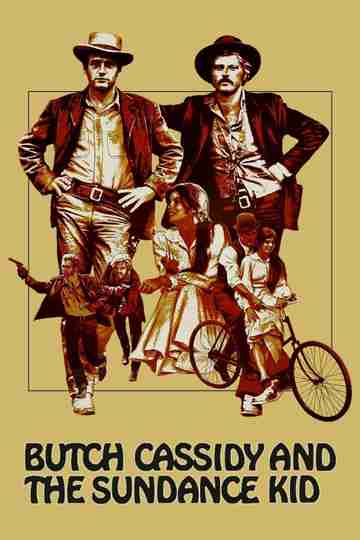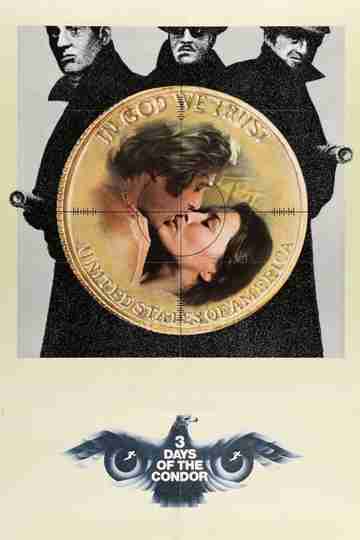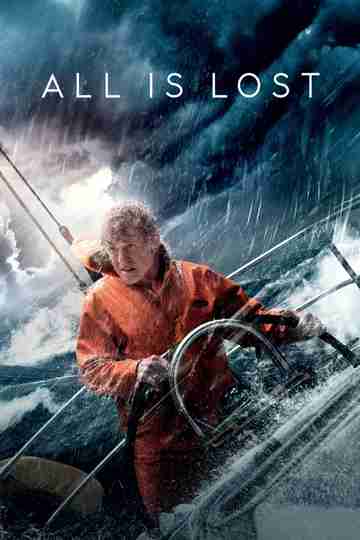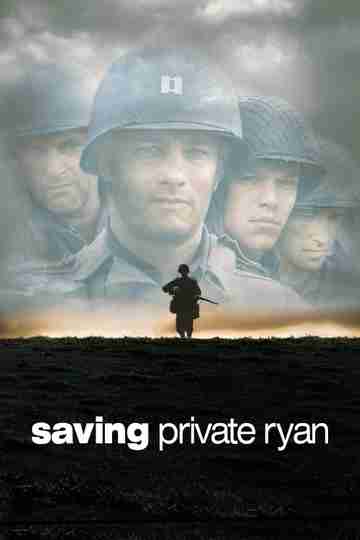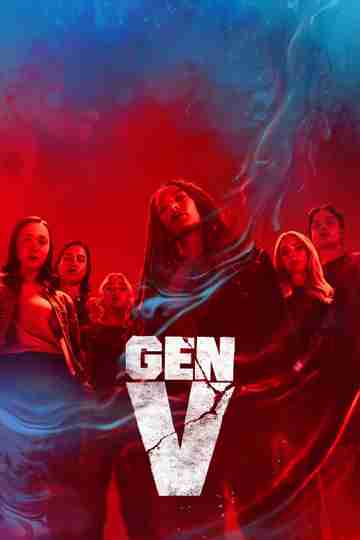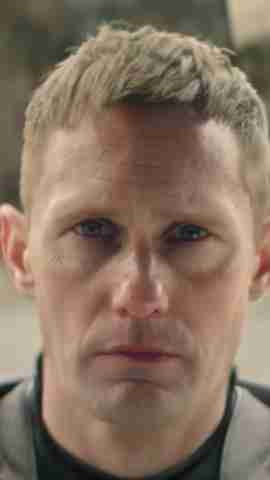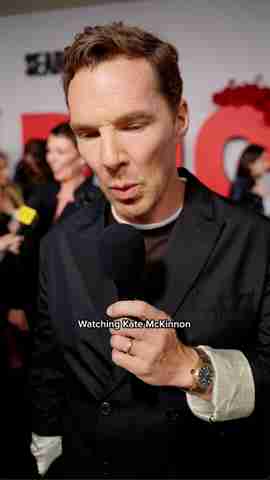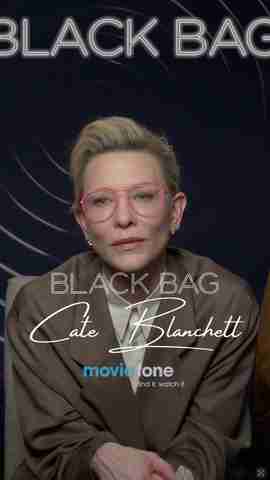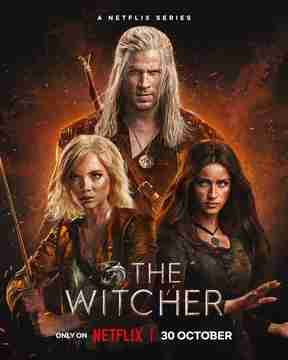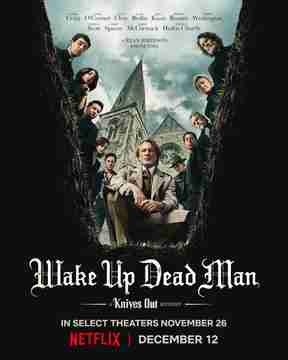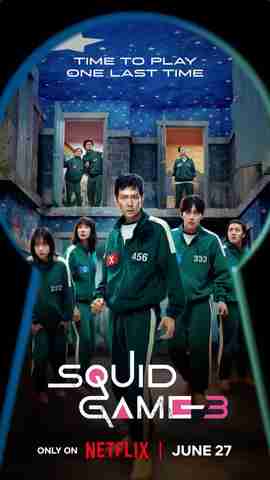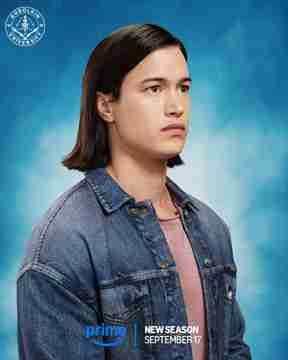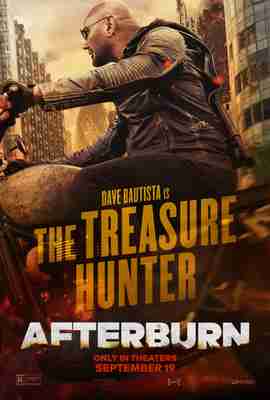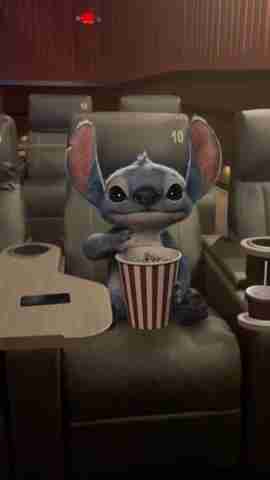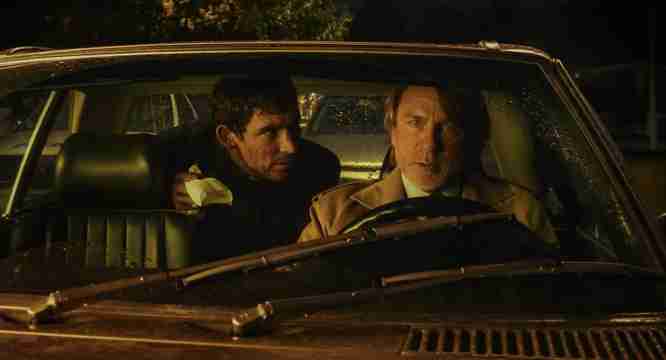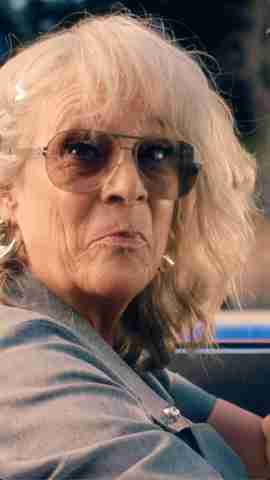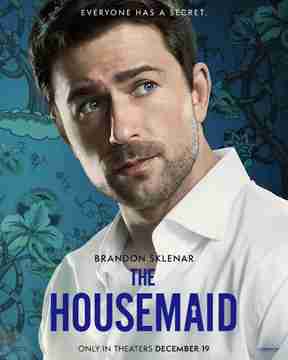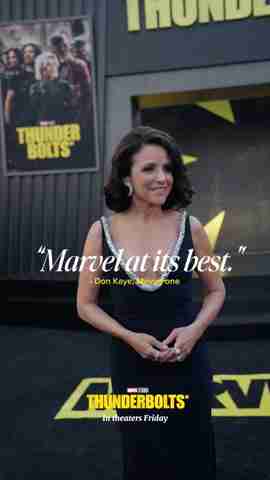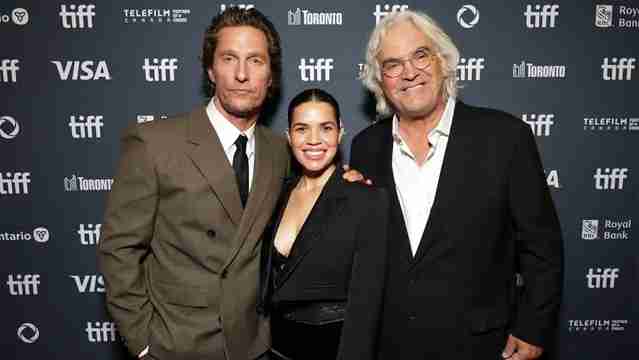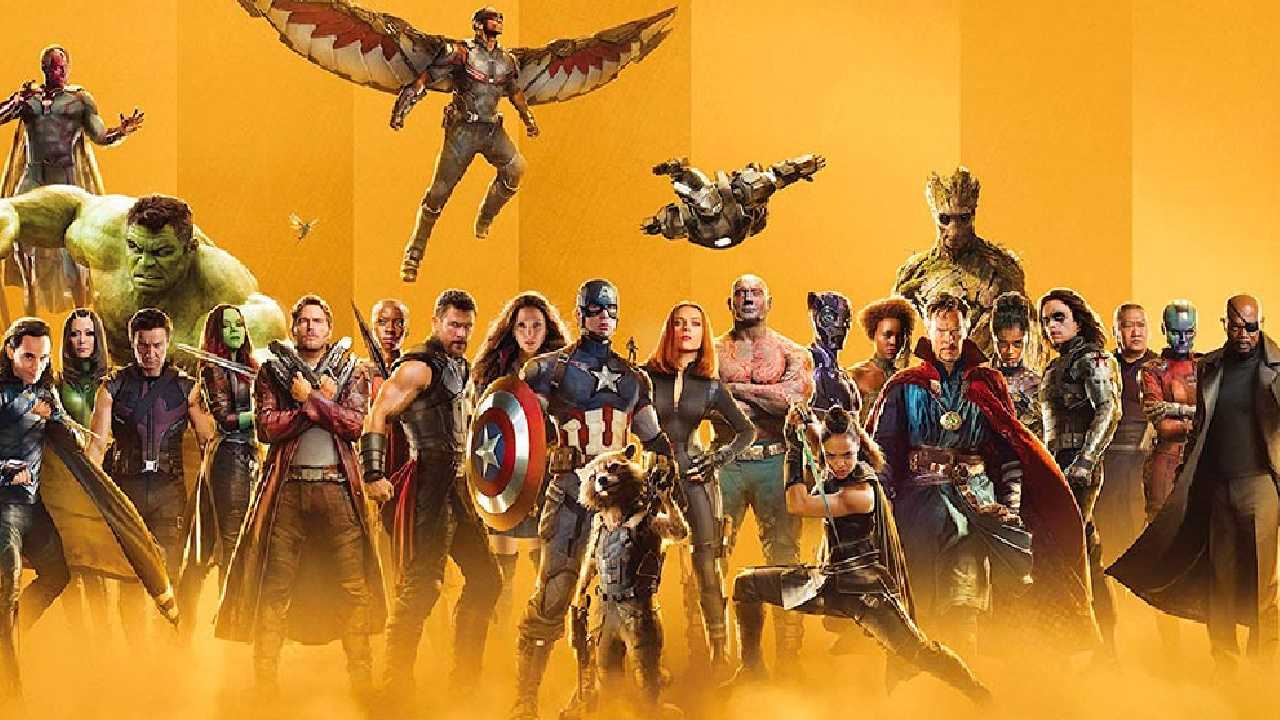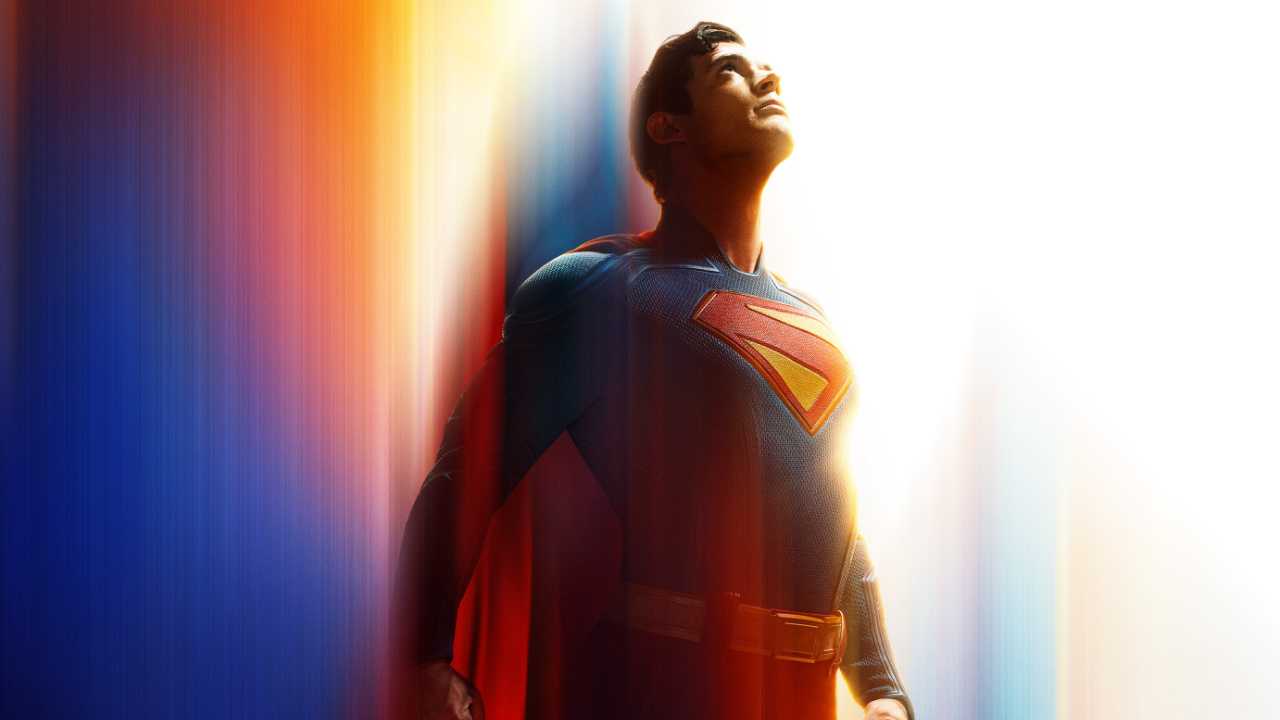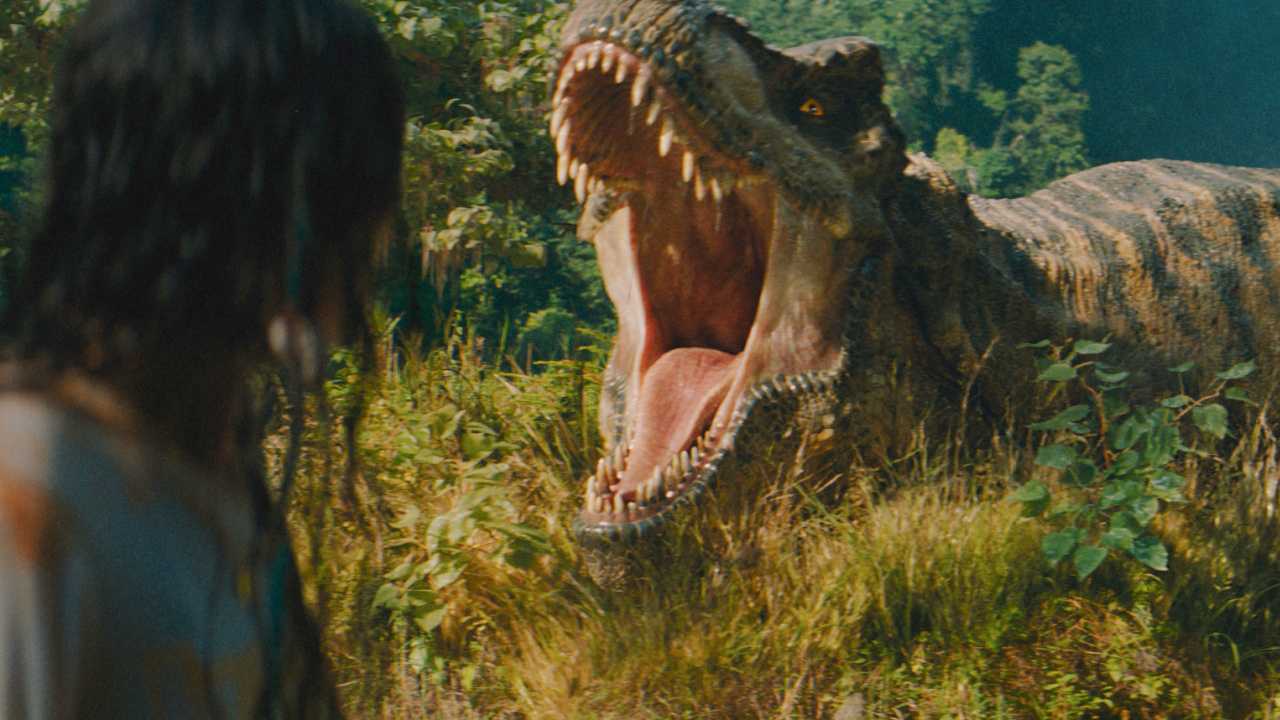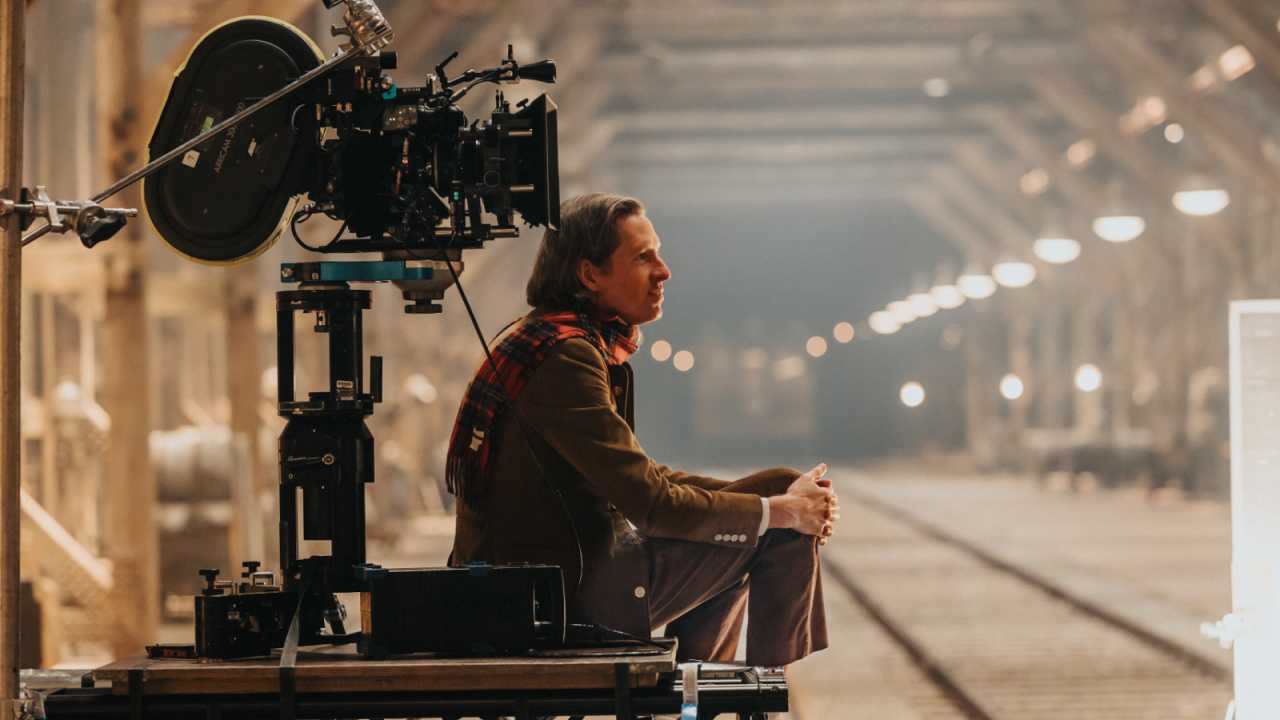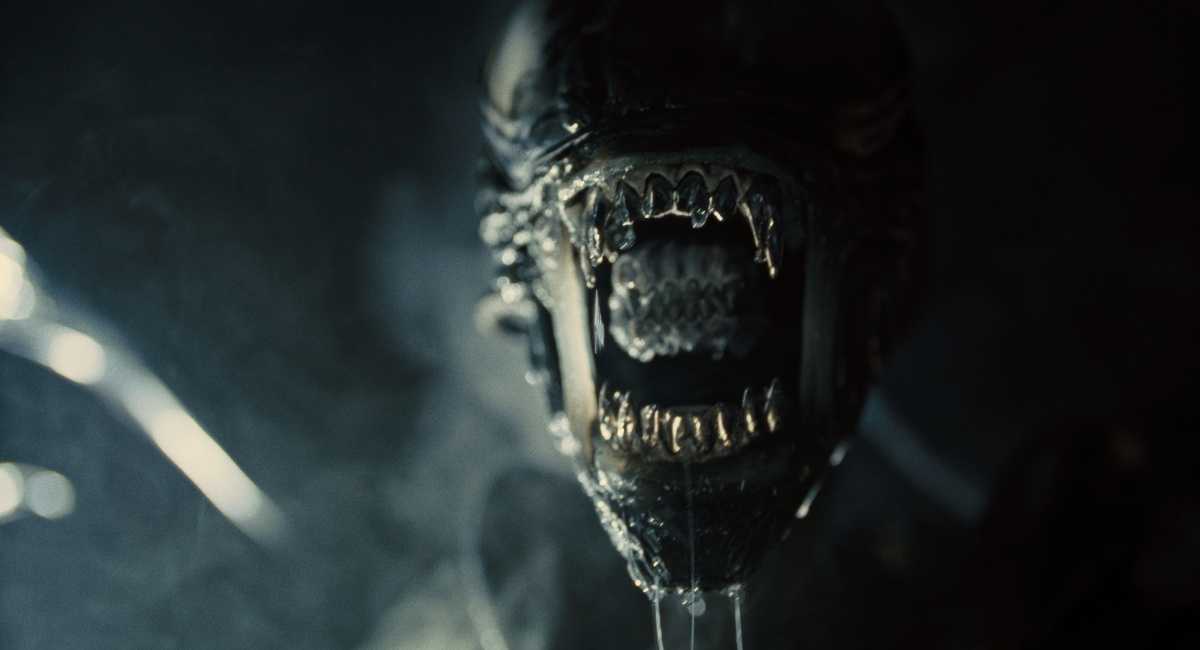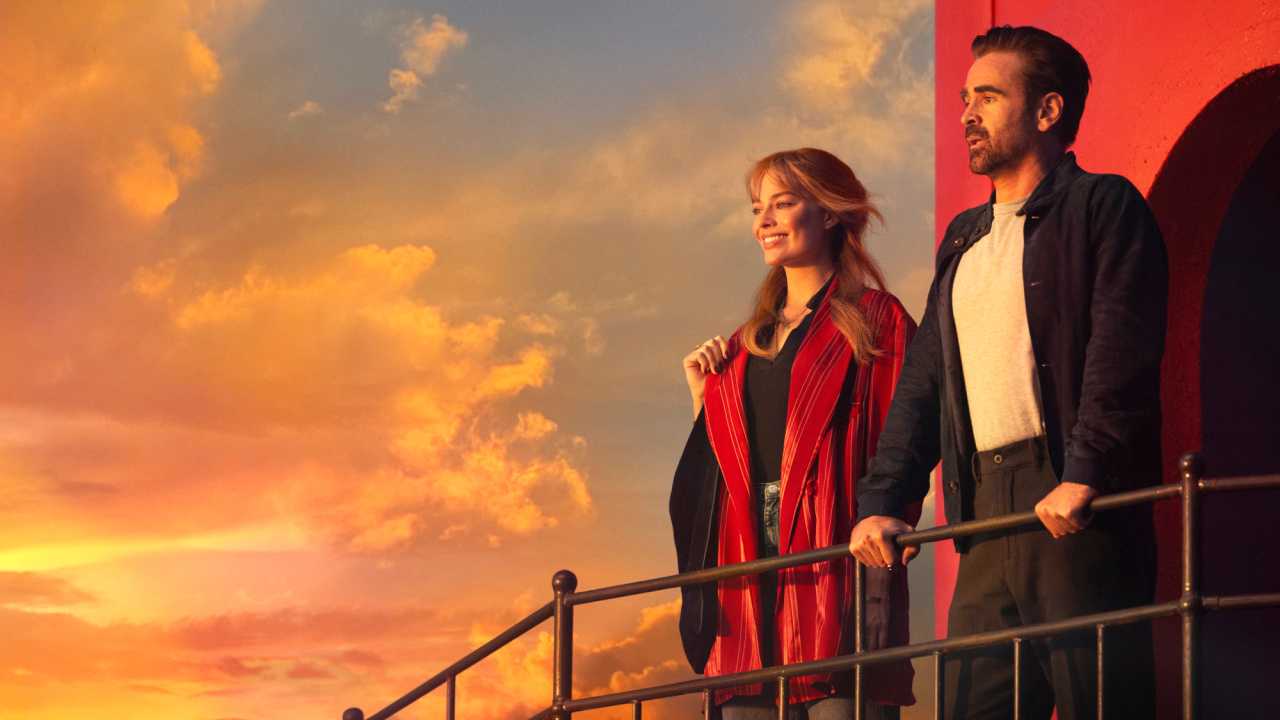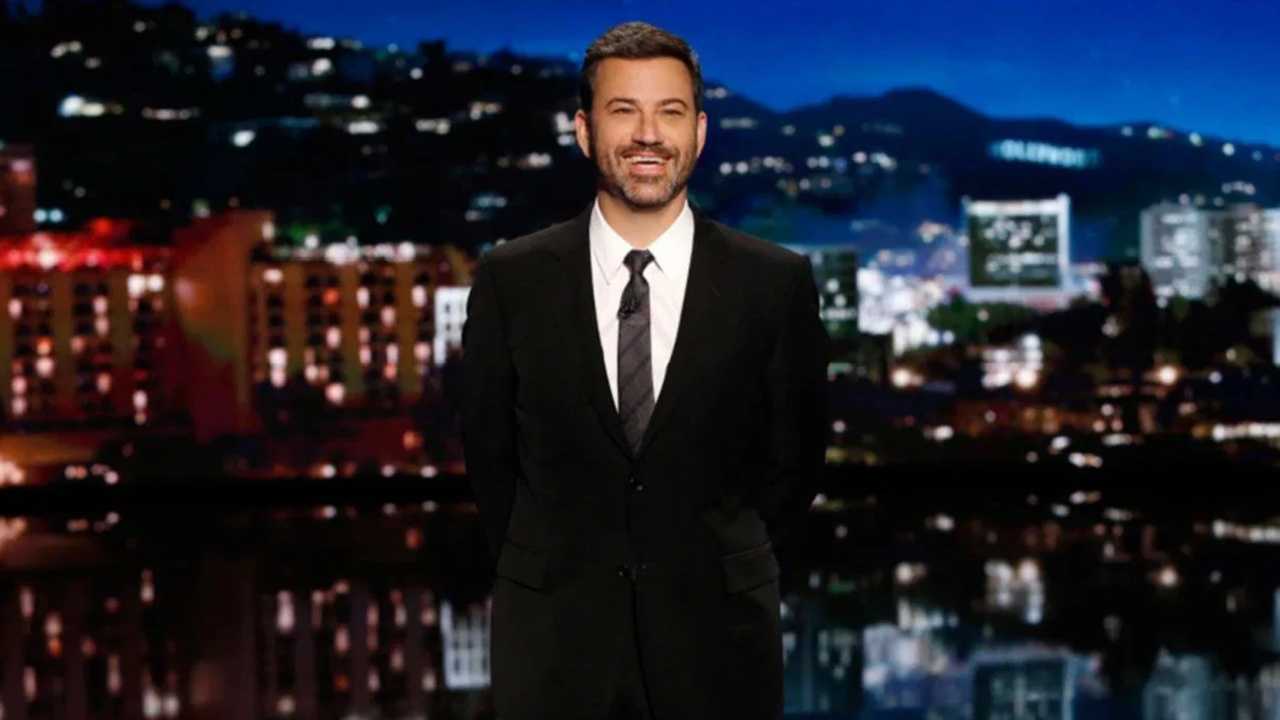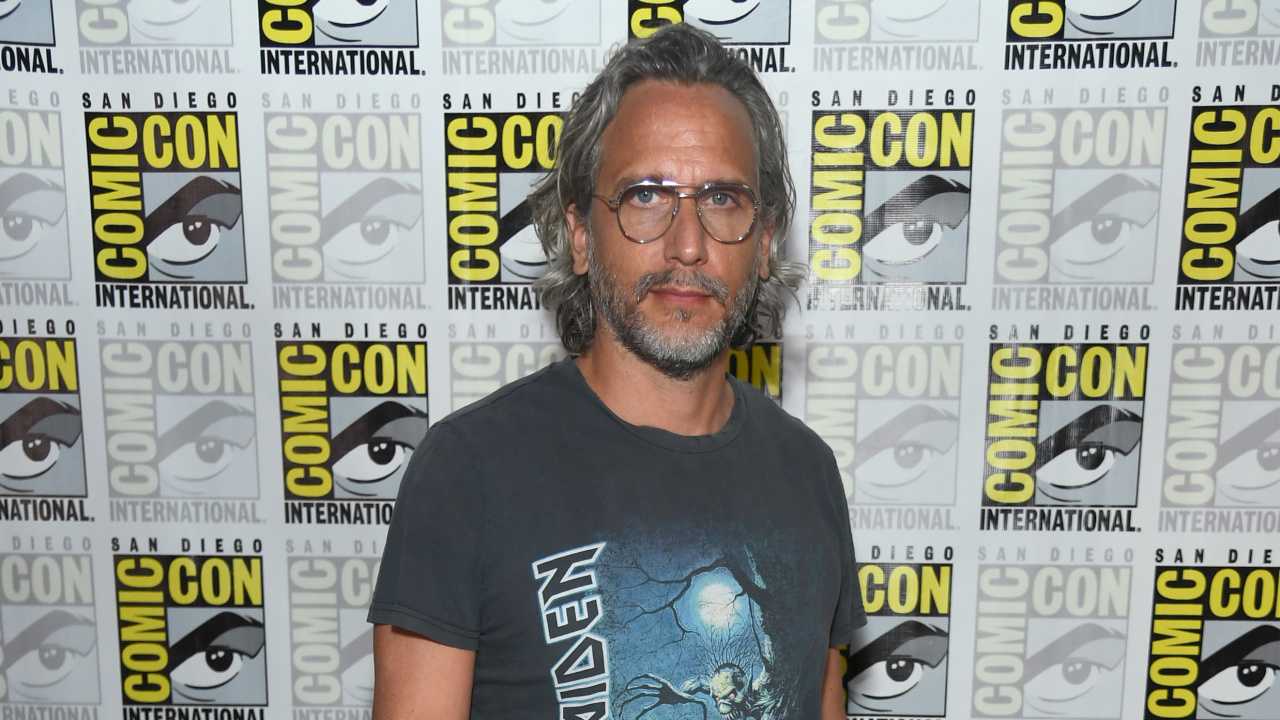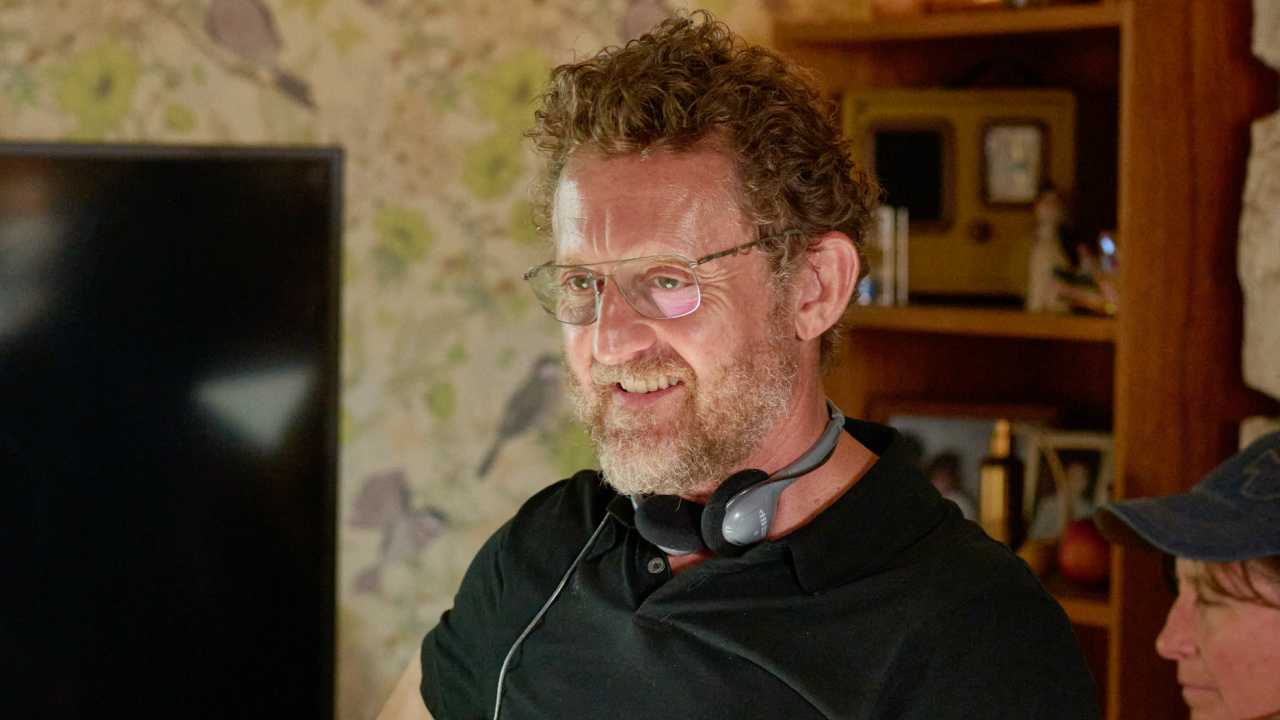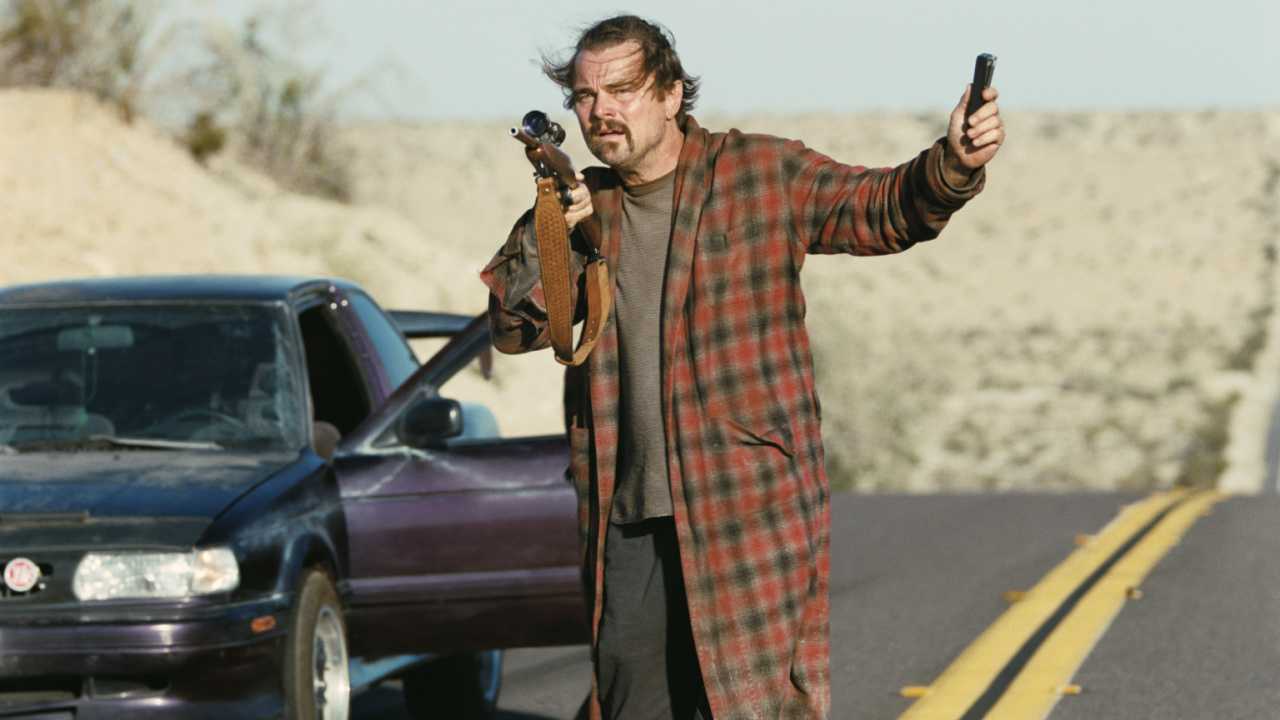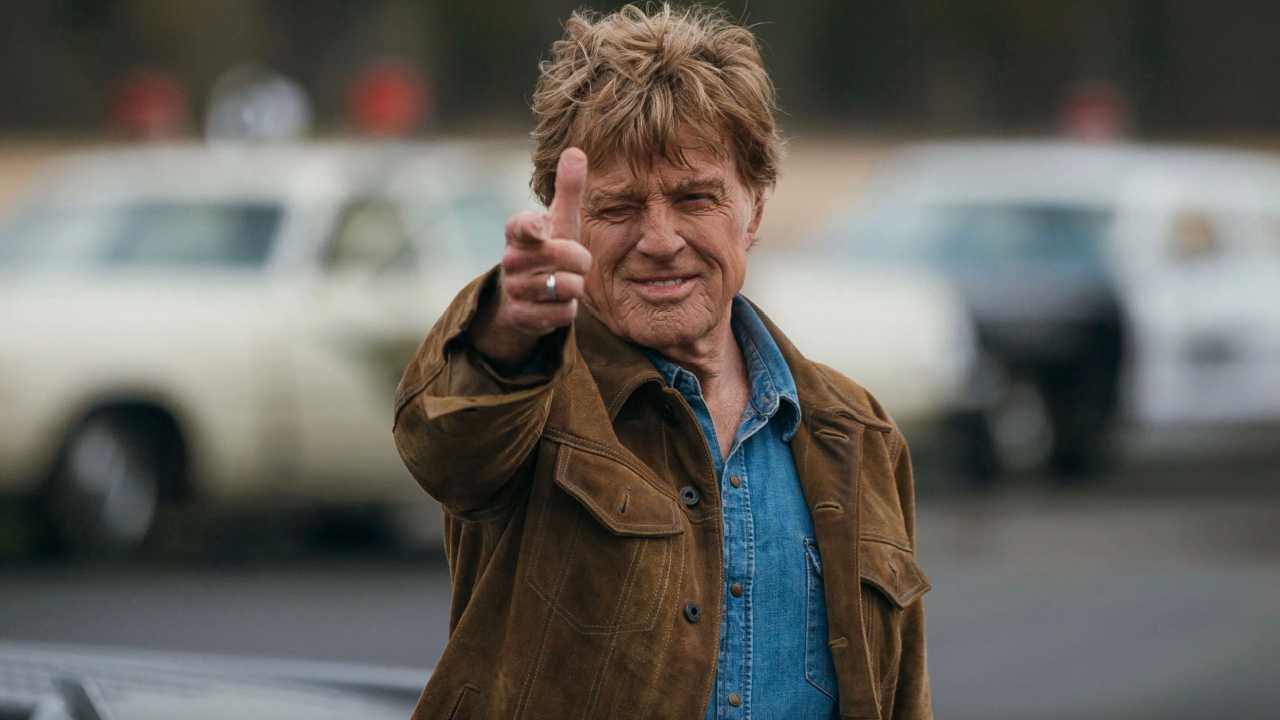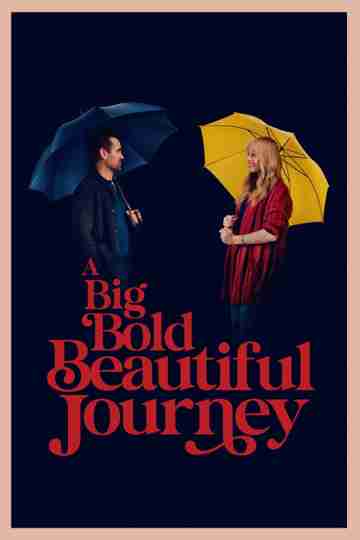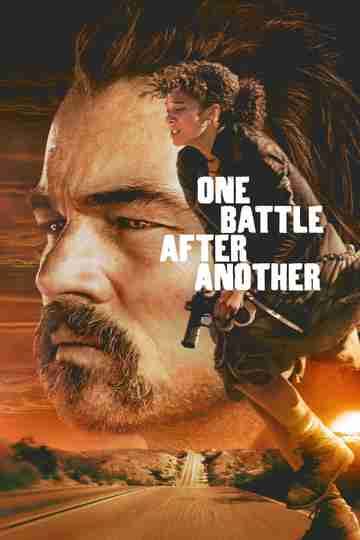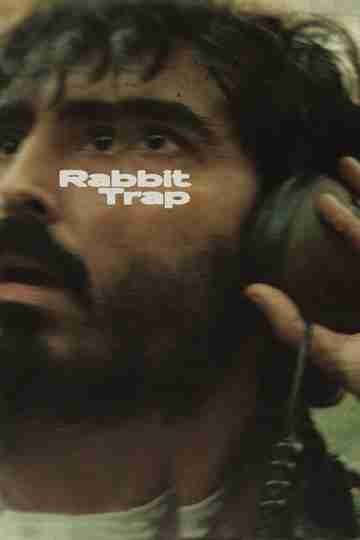Eight Things You Never Knew About 'Lilo & Stitch'
"Lilo & Stitch" might currently be viewed as an animated classic (and rightfully so), but that wasn't always the case. The movie had a bumpy road to the big screen, with many interesting detours and variations. As Stitch turns 15 this summer, here are eight things you probably didn't know about Disney's 42nd animated feature film.
1. It Was Made Almost in Secret
Once upon a time, Disney's Hollywood Studios (then known as Disney-MGM Studios) in Walt Disney World had an actual animation studio on the premises. It's kind of mind-blowing and pretty amazing to think about, but sequences from some of your favorite films (like the angry horde sequence from "Beauty and the Beast") were animated here. There were also three films that were entirely produced at this satellite studio. One of them was "Lilo & Stitch," an attempt by then-CEO Michael Eisner to make a more scaled-down animated feature like the wartime films Walt made. Supposedly there were many at the studio who didn't even know the movie existed until it was finished.
2. It's Part of a Grand Animation Tradition
There are many things that feel esoteric and new about "Lilo & Stitch," but there are just as many aspects of it that are classical. Take, for example, the backgrounds -- they are watercolor paintings. The last time a Walt Disney Animation Studio feature used watercolor backgrounds was "Dumbo," back in 1941. Animators, more used to striving for naturalism (particularly in backgrounds), had to be taught the more traditional technique, which was implemented at the behest of co-director Chris Sanders. Good thing he pushed for it, too, since the movie looks gorgeous.
3. The Story Went Through Lots of Changes
Animated films go through a thousand iterations before making it to the big screen and "Lilo & Stitch" is no different. Originally, Stitch was an intergalactic criminal who had double-crossed his gang, who then go looking for him on Earth. Lilo helped Stitch remember who he was before he turned to crime and inspired him to be good again. At various times, the film was set in a small American town in Kansas or Kentucky. (Hawaii is not only beautiful, but also added to the plot point of Stitch being afraid of water.) Also, there were versions where Stitch didn't talk.
4. The Ending Had to Be Changed After 9/11
One of the more fascinating aspects of the film's production (and one that is rarely talked about by Disney, save for the fabulous two-disc collector's edition DVD) is how the ending had to be drastically reworked as it was nearing completion. In the original version of the movie (and keep in mind this was fully animated) Stitch hijacks a passenger plane and goes careening through the city. While the sequence is great -- nicely animated with crackerjack timing and some nice story beats -- it would have come out less than a year after 9/11, which made planes flying close to buildings something that audiences (particularly families) weren't exactly ready to see. So Disney went in and changed it to the ending that's in the movie today, with a stolen spaceship.
5. It Featured a Unique Marketing Campaign
Disney knew that "Lilo & Stitch" was a smaller film, with a more oddball art style (animators instructed to draw in co-director Chris Sanders' style were told to take a regular character and inflate them like a balloon) and intimate scale. So they had to introduce the character of Stitch in an unconventional way. And they did so via a series of teasers where Stitch "ruins" a classic Disney film (Aladdin and Jasmine are on the magic carpet and Stitch drives his space ship next to them, Stitch surfs alongside Ariel, he chews through the chandelier from "Beauty and the Beast," Rafiki lifts Stitch above Pride Rock instead of Simba). Not only did these teasers quickly establish who Stitch was as a character, but they got audiences ready for the kind of irreverence that was to follow with the actual film.
6. There Were A Bunch of Spin-Offs
There were three direct-to-home-video sequels which were confusingly named ("Stitch! The Movie" was the first sequel, followed by "Lilo & Stitch" television series that ran for 65 episodes (take that, "Leftovers"), which was followed by a Japanese anime series that continued the story (then there were two Japanese specials after that). There was a third animated series, this one produced in China, called "Stitch & Ai," which premiered in early 2017. Truly, Stitch will not quit.
7. Animals Talking With People Killed the Filmmaker's Next Project
Chris Sanders, who conceived of the project and co-directed the film, was scheduled to make a 3D computer animated movie for the studio called "American Dog." It was going to be amazing, with a bold art style and some incredible characters. But John Lasseter, who was installed as the chief of Walt Disney Animation during the film's production, hated that the animal characters spoke to human characters and the humans understood them. It led to Sanders being removed from the project and eventually fired from the studio. The movie became the much more conventional "Bolt."
8. It Inspired One of the Most Infamous Disney Attractions
In 1995, after some false starts and delays, ExtraTERRORestrial Alien Encounter opened at the Magic Kingdom in Walt Disney World. It would quickly become one of the most divisive attractions in the history of the park. Some loved this terror-filled sensory experience (co-created by George Lucas no less), others hated it. And after less than a decade, it was gone. Replaced by Stitch's Great Escape, which basically replaced all the scary stuff with Stitch. If the previous version of the ride garnered an uneven response, then the response to the Stitch-ified version was universal hatred. Now it only operations seasonally, during the most crowded times for the park.

